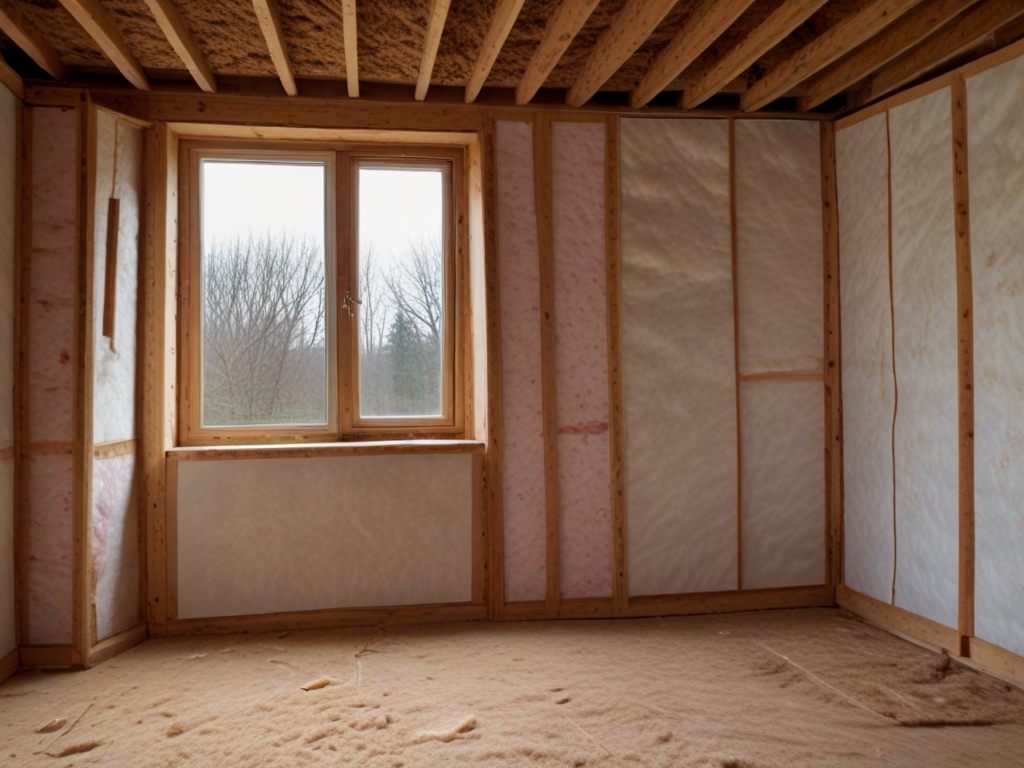Creating a comfortable home environment is a universal goal for homeowners worldwide. Whether it’s blistering summer heat or freezing winter temperatures, insulation plays a vital role in regulating indoor comfort levels and energy efficiency.
Understanding the basics of insulation and implementing effective strategies can significantly enhance the comfort of your living space and reduce utility bills. Let’s delve into the building blocks of comfort through insulation strategies tailored for every home.
1. Understanding Insulation: The Foundation of Comfort
Insulation serves as a protective barrier between your home’s interior and the external environment, controlling heat flow and maintaining stable indoor temperatures. It comes in various forms, including fiberglass, cellulose, foam, and reflective materials, each with its unique properties and applications.
By effectively insulating your home, you can minimize heat transfer, reduce energy consumption, and create a cozy living environment year-round. You can get grant funding to improve your home’s insulation and maximize comfort while minimizing energy costs.
2. Assessing Insulation Needs: Identifying Areas for Improvement
Before embarking on any insulation project, it’s crucial to assess your home’s current insulation levels and identify any areas that require improvement. Common trouble spots include attics, walls, floors, and basements, where inadequate insulation can lead to significant energy loss and discomfort. Conducting a thorough evaluation will help you to prioritize your insulation efforts and ensure maximum efficiency and effectiveness.
3. Choosing the Right Insulation Materials: Tailoring Solutions to Your Home
Selecting the appropriate insulation materials is essential for achieving optimal results. Factors such as climate, building structure, and budget should influence your choice of insulation type and thickness. While fiberglass batts and rolls offer affordability and versatility, spray foam insulation provides superior air sealing and thermal performance. Reflective insulation, on the other hand, is ideal for blocking radiant heat in hot climates. By tailoring insulation solutions to your home’s specific requirements, you can enhance comfort levels while minimizing energy costs.
4. Sealing Air Leaks: Enhancing Insulation Efficiency
Even the most robust insulation can be compromised by air leaks, allowing conditioned air to escape and outdoor air to infiltrate your home. Sealing gaps and cracks around windows, doors, vents, and ducts is critical for maximizing insulation efficiency and maintaining consistent indoor temperatures. Weatherstripping, caulking, and foam sealants are effective tools for addressing air leaks and bolstering the performance of your insulation system.
5. Prioritizing High-Impact Areas: Maximizing Comfort and Savings
When planning insulation upgrades, prioritize high-impact areas that contribute significantly to energy loss and discomfort. Attic insulation, for instance, is a top priority since heat rises and can easily escape through the roof without adequate insulation. Similarly, insulating exterior walls and floors above unconditioned spaces can yield substantial energy savings and enhance overall comfort levels. By focusing on key areas of heat transfer, you can optimize the effectiveness of your insulation investments.
6. Professional Assistance: Consulting Experts for Optimal Results
While DIY insulation projects can be feasible for certain areas, consulting with insulation professionals is advisable for complex or extensive upgrades. Experienced contractors can conduct comprehensive energy audits, recommend tailored insulation solutions, and ensure proper installation for maximum effectiveness. Investing in professional assistance can streamline the insulation process, minimize potential errors, and deliver long-term comfort and savings benefits.
Conclusion
In conclusion, insulation serves as the cornerstone of comfort and energy efficiency in every home. By understanding the fundamentals of insulation, assessing your home’s needs, choosing the right materials, sealing air leaks, prioritizing high-impact areas, and seeking professional assistance when necessary, you can create a comfortable living environment while reducing energy costs. Embrace the building blocks of comfort through strategic insulation strategies tailored to your home and enjoy the benefits of enhanced comfort and savings for years to come.








